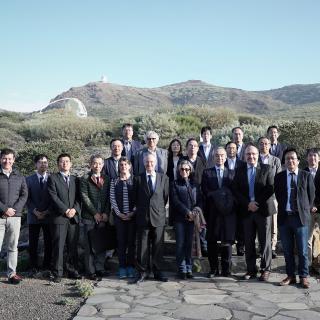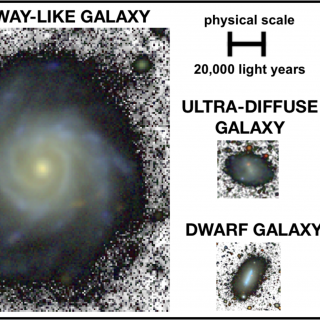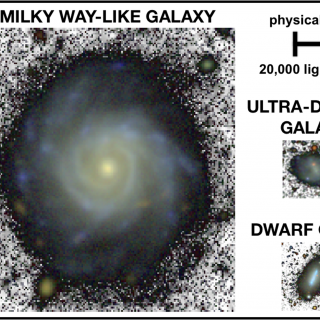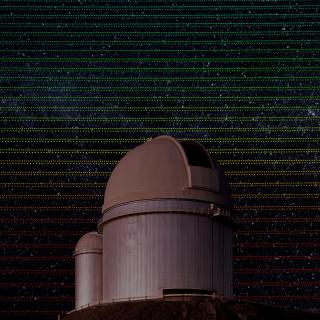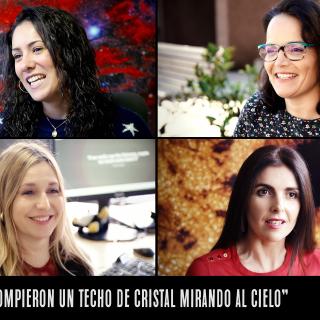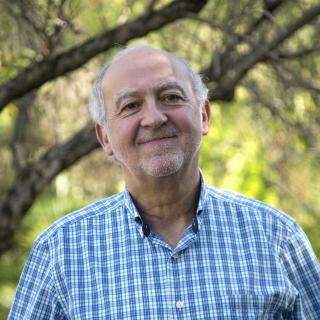
At the next General Assembly of the International Astronomical Union (IAU), to be held in Korea in 2021, José Miguel Rodríguez Espinosa, a researcher at the Instituto de Astrofísica de Canarias will be named Secretary General of this, the biggest international astronomical organization, with over 13,500 professional astronomers in over 100 countries. For the time being he has been named Assistant General Secretary so that, afterwards, he will be able to take over the Secretariat. He will be the first Spaniard to occupy this position, which he will hold from 2021 to 2024. Rodríguez Espinosa
Advertised on
